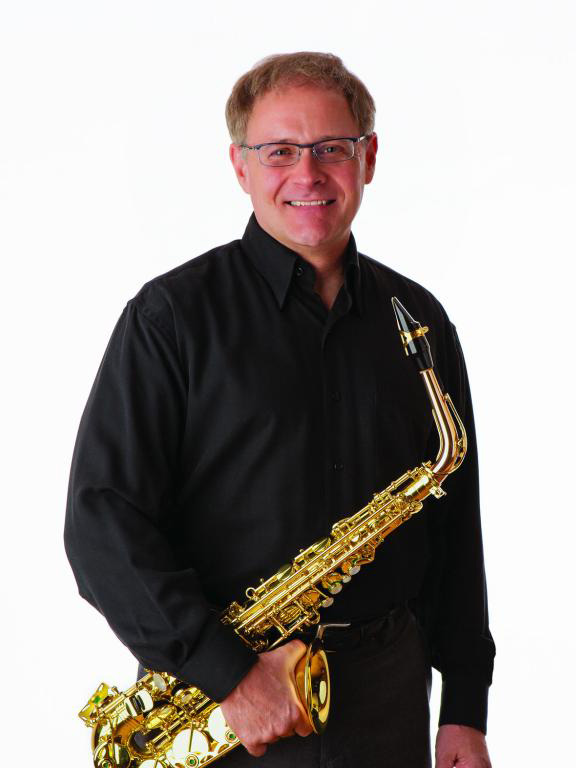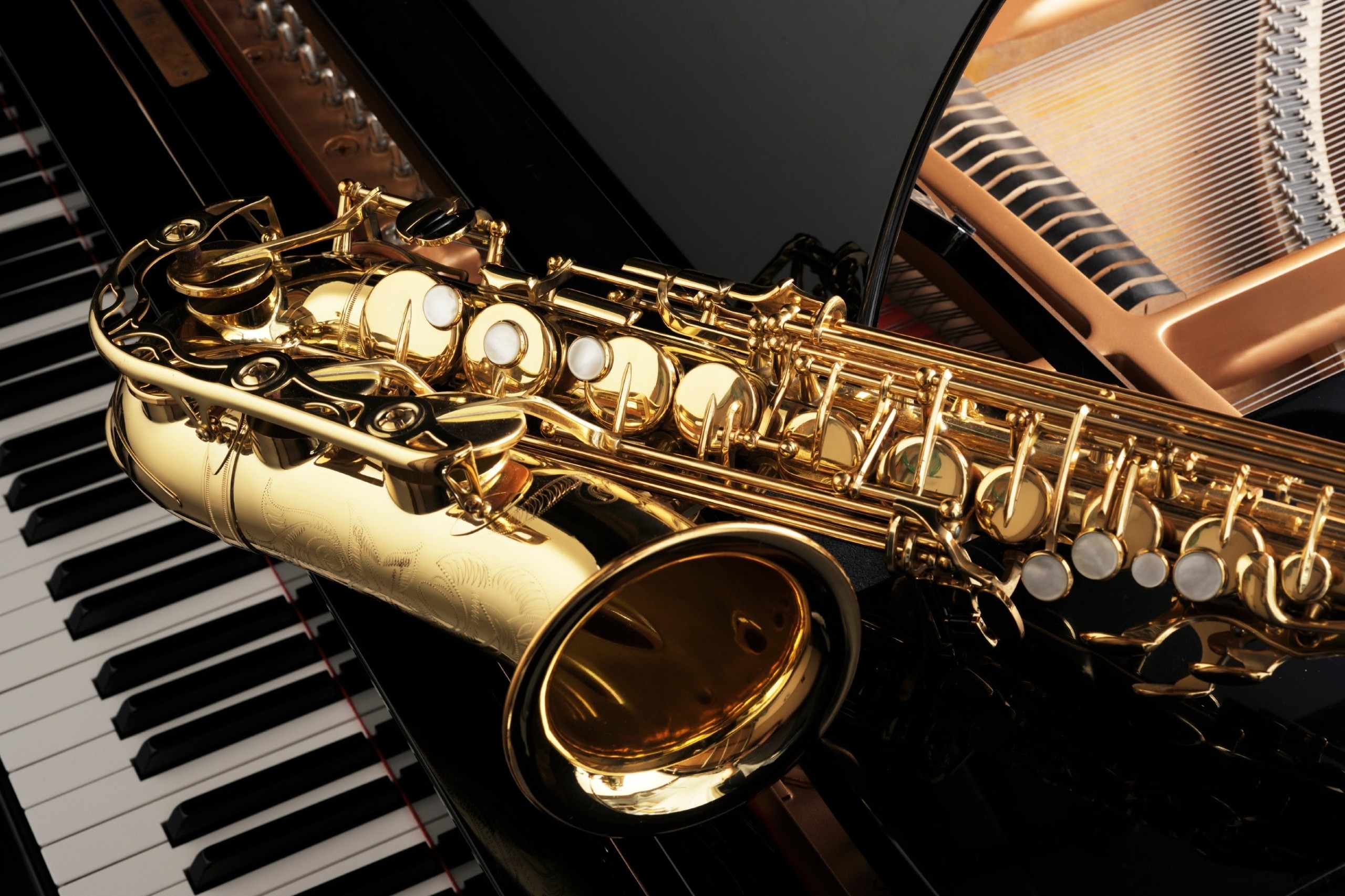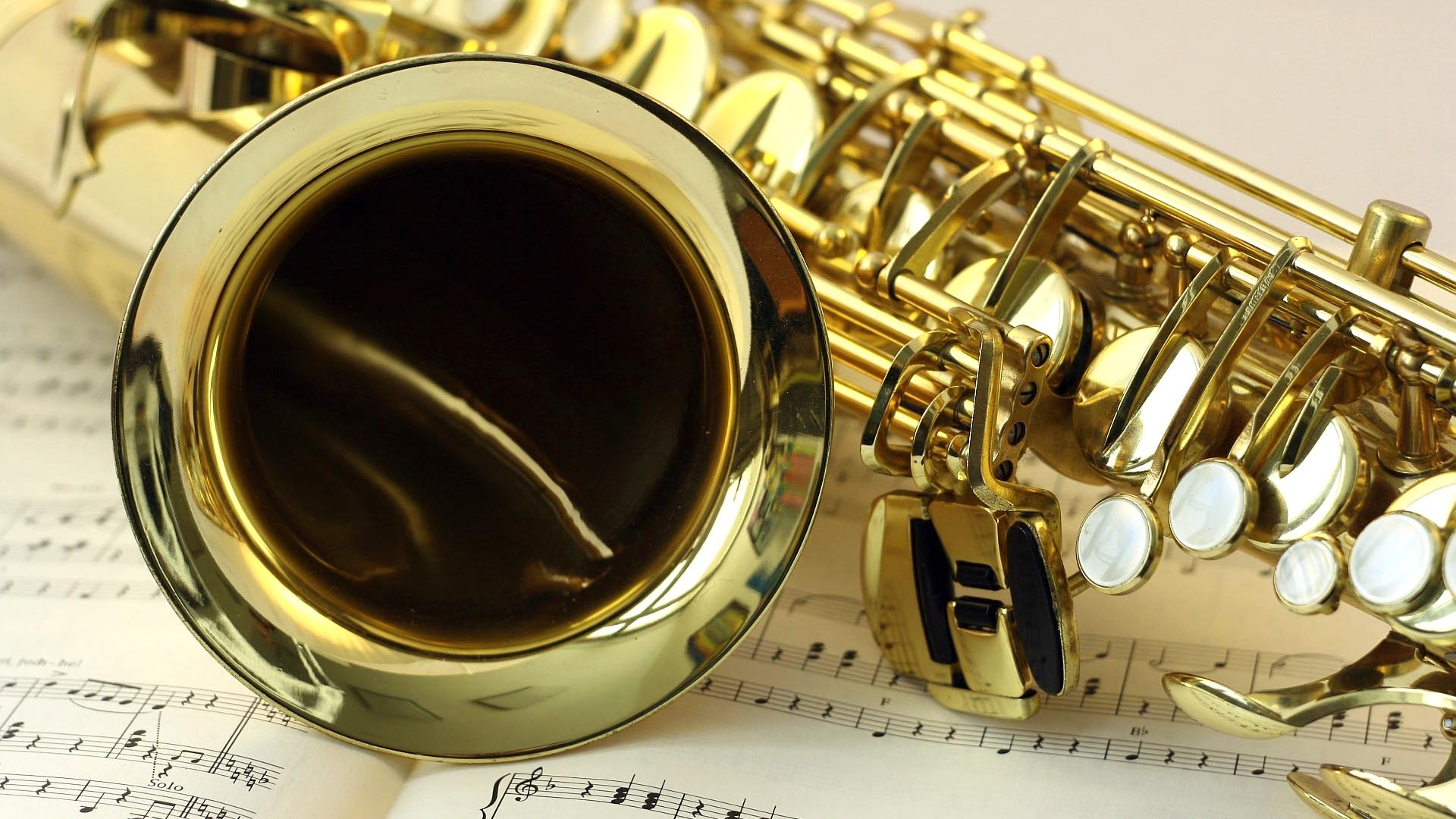David Maslanka wrote this in February 2013
A lot of work has been done over many years to evolve a controlled and “beautiful” saxophone tone. There is a need for this kind of tone in my music, but there is also the push to the extreme. I am drawn to saxophones because of their wide-ranging vocal quality, which feels like a real extension of the human voice. Saxophone sound can break the heart with its softness and tenderness, and completely overwhelm with its power. “Beauty” cannot be confined to a narrow box labeled “beautiful.” Beauty is in the rightness of the musical moment, and that rightness can be a piercing cry at fff.
I think the strong appealing element of the Sonata is that it feels like an intimate journey and story for two people. There is a very close relationship between the saxophone and the piano. The piano does support the soloist in the traditional sense, but also leads and pushes. Intimacy is the key word, but that doesn’t mean just soft and sweet. It encompasses the full range of dialogue and emotions between two people. When this is established between the two players, the audience is immediately drawn in.
Fundamental issues in good music performance never change: careful attention to tempos, dynamics, articulations, and balances. If these things are carefully attended to, then 90% of the problem of what is called “interpretation” is solved.
First movement
m. 62: same tempo Q=90-96, no backing down; the ff is wild. Steady tempo is the key issue for the whole movement. M.88 is another challenge point for tempo steadiness.
m.103 and on, sax: a solidly popped accent
m.140 to end: strict tempo.
m.150, piano: count everything, no guessing; pacing is critical
TEMPO unifies all parts of this first movement.
Second movement
I think the biggest demand of the second movement is dynamic control – the willingness, bravery, and technical ability to go to the extremes. For example m.8-10: diminuendo p to ppp; m.27 a true pp; m. 38-49 a building crescendo from pp to a true fff; m.101: the final dying away. Most performers shy away from extreme loud dynamics, but there is a real need in this Sonata to find them, for both saxophone and piano.
Third movement
Tempo is the critical issue. It must be at dotted quarter equals 180 for the fast sections, and precisely half that – Q=90 – for the interludes starting at m.100, and m.262. At m.97 is the indication “strictly in tempo,” and then at m.100 is the metric shift “half=quarter,” resulting in the tempo of Q=90. Many players simply let go of tempo altogether at m.100 because the music seems “slow.” This is not to be done. The same thing happens at m.262. Tempo must be at Q=90. A sense of tempo looseness is built into the notation, but the fundamental Q=90 must be maintained.
At m. 301 is an asterisk to a footnote which reads: Remembering Barney Childs’ “The Edge of the World.” Barney Childs was one of my early mentors and a good friend. We were radically different composers but always found something of real interest in each other’s music. “The Edge of the World” is a piece for bass clarinet and organ. Quite the sound. My composition for tenor saxophone and string quartet, Heaven to Clear When Day Did Close, is based on a theme by Barney Childs.
m.386-400, and on: Once the technical struggles are over there is a strong tendency for tempo to increase. Work to maintain the steady Q=180.



